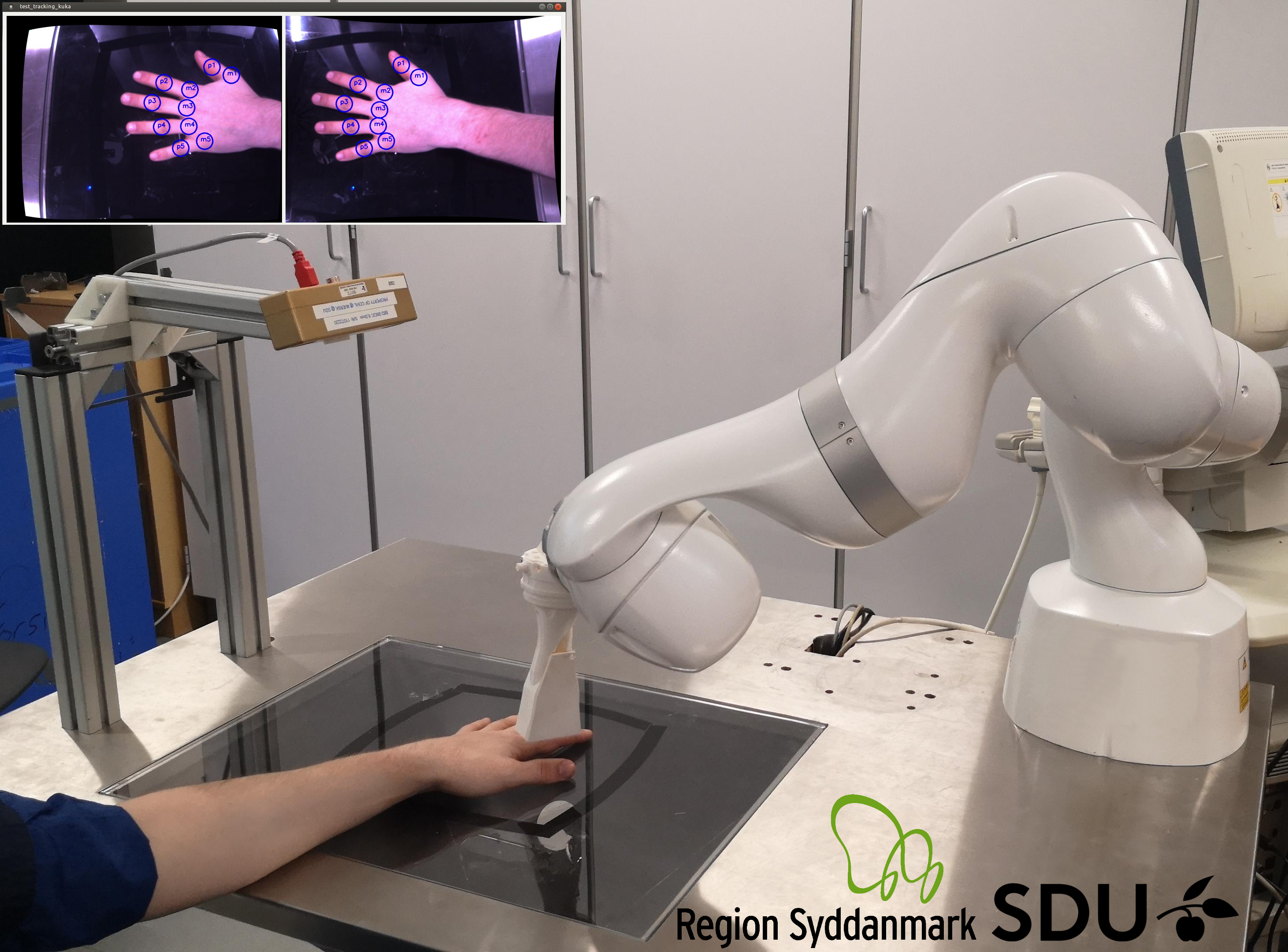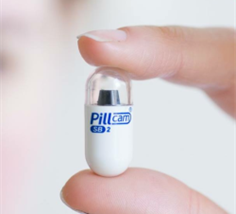Health Informatics & Technology
Projekter i fokus
Kunstig Intelligens & Sundhed projekter
The efficiency of pharmaceutical therapy in patients with generic generalized epilepsy can be determined by monitoring, i.e. with EEG. The project pursues the development of video-based analysis, thereby providing feasible, non-invasive and comfortable long-term monitoring to determine treatment response.
Klik her for at læse mere om AI Supported Epilepsy Diagnosis.
for Occupant-centric Behavior Modeling and Estimation” including methods for sensor-based estimation of human daily activities and clothing patterns.
Together with GPs in the Region of Southern Denmark, SDU HIT is currently developing deep learning tools for automatic text summarization.
The purpose of the project is to run AI algorithm in the electronic chips inside the capsule robot, so that this robot can process the captured images locally and only transmit out the images with diseases.
The aim of this study is to develop a deep learning algorithm based on convolutional neural networks (CNN) for autonomous detection of Crohn’s Disease in the small bowel and colon.
Kerteminde Kommune har haft gavn af at analysere døgnrytmen for borgere med en demenssygdom. Et lille plaster på ryggen indsamler data om borgerens bevægelsesmønster – og ud fra dette kan personalet tilpasse aktiviteter og pleje. Det giver bedre trivsel for borgerne og bedre arbejdsvilkår for personalet.
This project aims to investigate, how artificial intelligence can be applied in clinical settings, and based on risk-estimates, used to predict patients in high risk of lung cancer, patients in high risk of experiencing relapse of lung cancer after treatment, in order to offer qualified personalized treatment.
To develop and apply innovative image processing and AI methods on patients’ videos, to discover tiny changes in external body features and identify which ones can be used as novel early markers of diabetes mellitus and specific diabetic complications.
Klik her for at læse mere om Diabetes and Diabetic Complications.
Development of machine learning algorithms for prediction of cancer and other serious conditions.
To develop and validate an AI-based clinical decision aid for use in primary health care to accurately predict advanced fibrosis at an early stage, in patients with fatty liver disease.
Med ’HJERTERO’ ønsker man at udnytte Danmarks unikke landsdækkende patientregistre til at udvikle en datadreven prædiktionsmodel, der kan understøtte opsporingen af patienter med iskæmisk hjertesygdom (IHD), der har en forhøjet risiko for at udvikle angst eller depression. Man vil udvikle en løsning, der både tilgodeser patienternes præferencer, muligheder og barrierer og samtidig giver de sundhedsfaglige noget de kan bruge i den kliniske hverdag. Man skal hjælpe de mange patienter med risiko for at udvikle psykiske følger og løsningen skal sikre samme diagnostik og tilbud uanset bopæl.
Klik her for at læse mere om projektet.
Du finder også mere information om projektet ved at klikke her.
Together with “Teknologisk Institut”, the SDU Software Engineering section is running a project on how human-centered AI methods can help occupants make better everyday choices about seating to optimize their well-being.
I Den Intelligente Patientjournal udvikles algoritmer, der baseret på kunstig intelligens kontinuerligt finder relevante symptomer og tilstande i patientjournalen og præsenterer det for lægen. Der er tale om et tværfagligt samarbejde mellem Odense Universitetshospital og Syddansk Universitet, hvor visionen er at hjælpe patienter med tidlig diagnostik, således korrekt behandling kan initieres straks, hvilket fører til en bedre prognose.
The aim is to test and validate the effect of a sentinel algorithm applied on health care data for early recognition of elderly community-dwelling adults at risk of acute hospital admission. A stepped-wedge randomized controlled study has been launched in Odense, Kerteminde and Svendborg municipalities as part of an industrial PhD project. First results are expected by the end of 2021.
The aim of the project is to detect polyps as intestinal lesions from images and video streams based on digital image processing methodologies. The results will aid physicians grading them in a fast, accurate, and reliable manner, and prescribing patients with appropriate treatment.
To develop a non-invasive, image-processing based method, able to measure small variations in facial vessels; and investigate its ability to early predict the onset of preeclampsia.
Together with OUH and SUND, SDU Health Informatics & Technology is currently developing a predictive model for detection of alcohol use disorder.
The study combines the coronary artery calcification score together with biomarkers and socioeconomic status to improve the prediction of cardiovascular events in asymptomatic subjects. The study supports clinical decision making and thus the treatment due to specific, individual prognoses.
Klik her for at læse mere om Risk Estimate for Cardiovascular Events.
Robotic platform for clinical application with ultrasound for arthritis patients to evaluate the disease score in images. This project is a collaboration between Svendborg Hospital, OUH and SDU Robotics.
This project is a collaboration between the department of Gynecology at OUH, Aarhus University and SDU Robotics. It researches in surgical robotics for oncology patients where AI instruments are used for 3D reconstruction of the surgical motions.
The aim of this project is to build a fully automated melanoma recognition system, which will correctly categorize image samples of human skin lesions.
Klik her for at læse mere om Skin Lesion Classification and Melanoma Detection.
To softwarestuderende fra SDU har udviklet en app, som via termiske billeder hurtigt beregner temperaturforskellen mellem næsetip og øjenkrog. Overlæge i akutmedicin tror, at termiske målinger kan være fremtidens redskab til at spotte kritisk syge patienter.
Klik her for at læse mere om projektet.
Du finder også mere information om projektet ved at klikke her.
Implementing a Smart and Secure Camera Pill Using an edge detection algorithm to detect the significant images to improve efficiency of RF data transmission to extend battery life.
Forskningen foretages af
Klik på en boks for at læse mere om den enkelte sektion
Sidst opdateret: 19.07.2022

